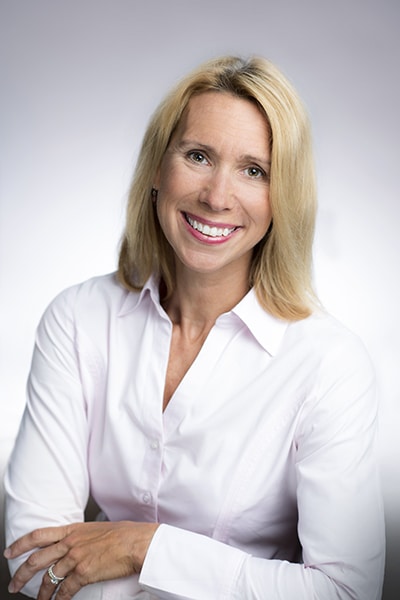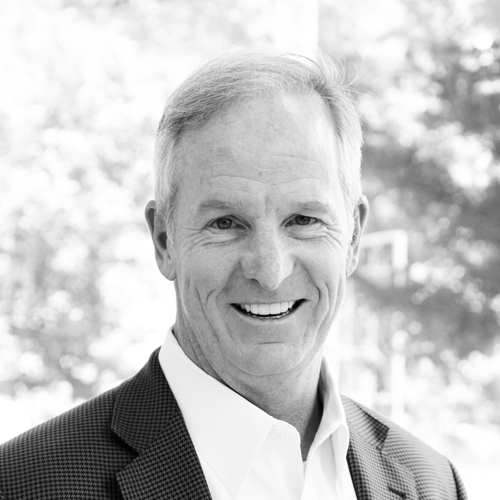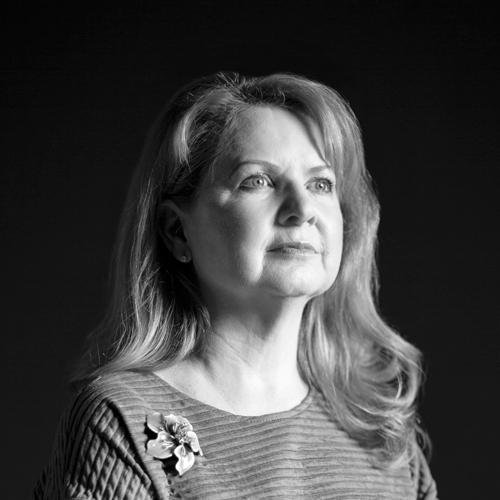The old adage, “Everything is bigger in Texas,” also applies to the healthcare of its youngest citizens. Texas Children’s Hospital is the largest pediatric hospital in the United States, leading a global community in patient care, education, and research. Yet Jill Fragoso is also turning that acclaimed care inward through more holistic benefits and services for employees.
“It has always been paramount that we in human resources provide the best possible plan designs and programs to support our staff who make our mission a reality,” Fragoso says.
She explains that nurses suffering from presenteeism due to lack of sleep from worrying about financial difficulties, or are distracted because they are struggling in their marriage and need counseling services, are not going to perform their best while caring for critically ill patients.

“We need to offer them all the tools necessary to inspire them to perform at their top level, as patient safety is incredibly important,” Fragoso says.
Fragoso joined Texas Children’s as the director of employee health and wellness for 8,500 employees and 2 hospitals in 2013. Today, the Houston-based organization comprises thirteen thousand employees, three hospitals, ten urgent care centers, and more than seventy community sites.
As its footprint expanded, so has its benefit and well-being offerings thanks to Fragoso, who was promoted to the director of benefits and well- being in 2017.
“If we can improve the health of individual employees, we can have significant impact in improving the overall health of the system from a financial perspective as well,” Fragoso says.
Earlier in her career, Fragoso focused on improving individual behavior and improving employee health in an episodic, personalized fashion. She started as a campus nurse at Kirkwood Community College, the largest community college in Iowa (she was also a facilitator of the American Lung Association’s Freedom From Smoking program).
At Kirkwood, she organized health fairs, blood drives, and 5K races while giving guest lectures. That’s when Fragoso says she fell in love with the preventive side of nursing and healthcare.
After a bachelor’s degree in nursing, Fragoso earned a master’s degree in health promotion and wellness at the University of Iowa. Prior to Texas Children’s, she led employee health services for Rush-Copley Medical Center, Northshore University HealthSystem, and Presence Health.
Now at Texas Children’s Hospital, Fragoso oversees the occupational health clinic, the on-site health clinic for employees, the employee assistance program, and benefits.
Her team is offering employees better health and wellness choices, options, and tools based on the insurance plans and benefit offerings provided through the emerging partnership with health insurance provider Cigna.
“An employee may not even think about the diabetes education sessions until they learn at their annual screening they have the disease,” Fragoso says. “They may not pay attention to the grief courses until a coworker’s adolescent child attempts suicide. But, our offerings can make all the difference in the world to a single employee, and change the trajectory of not only their career, but their life.”
Cigna delivers the One-Guide platform for the health journey of Texas Children’s employees. It addresses current healthcare, optimizes benefits, and connects them to coaching programs such as chronic condition management, weight management, healthy eating, physical activity, stress reduction, smoking cessation, mental health, and preventive care.
That collaborative approach has manifested in the “Well-Being Physical,” which encourages employees to meet with a physician or nurse practitioner on staff in addition to a Cigna health coach for a comprehensive physical followed by personalized health-coaching sessions over a twelve-week timeframe.
Fragoso also developed community partnership discounts. Last year, Texas Children’s teamed up with Benefithub.com to offer an online discount platform for its diverse, 24/7 workforce. It also partnered with financial services giant Fidelity to provide financial well-being programs.
Free or low-cost activities inspire active lifestyles, including bootcamps, yoga, stairwell challenges, water challenges, 5Ks, and the summer self-care series.
“Another goal focuses on more robust financial well-being offerings best suited for the incoming workforce,” she says. “It’s a way to both attract and retain them.”
Yet Fragoso believes the best engagement starts with the foundation of trusting relationships. Her team enlists the support of more than three hundred Texas Children’s wellness ambassadors, nominated employees trained to serve as extensions of the well-being staff, to promote inspiring patient and employee success stories.
“Our brains are wired for stories and connections,” she says. “We want to encourage our employees to build a relationship with our healthcare providers to provide them with support, accountability, and resources.”
Her strategies, based on market segmentation, meet employees where they are, whether through word of mouth, in-person promotions, apps, or social media campaigns. She’s also added Vidyo conference ability through a HIPAA-secure site.
As healthcare collectively engages in digital transformation, Fragoso anticipates the increased convergence of technology and individual wellness. “The best wearables and monitoring devices will be incorporated into a total well-being suite of services for the end user,” she says.
Fragoso is also targeting the well-being of senior leadership staff, predicting that fitness and well-being is crucial for Texas Children’s leaders. She cites the book “The New Leadership Literacies” by Bob Johansen, a distinguished fellow at the Institute for the Future, which details ways leaders can thrive in today’s disruptive environments.
Johansen writes: “Fitness will be a price of entry for top leadership roles. Extreme fitness—physical, mental, and even spiritual (though not necessarily religious) will be required for most leadership roles.”
As a leader herself, Fragoso says she hopes to maximize the potential of others by focusing on their strengths, while passionately and purposefully leading them to achieve common goals.
“As leaders, the way we lead is always on display, so we need to be authentic,” she says. “I also believe successful leaders must display energy, passion, and purpose in all they do, at all times.”
Training for the Win
When Jill Fragoso is not ensuring employee well-being at Texas Children’s Hospital, the lifelong athlete is training to swim 2.4 miles, bike for 112 miles, and run 26.2 miles in less than seventeen hours—also known as the Ironman triathlon.
She works out twice a day, six days per week, starting between 4:30-5:00 a.m. every day. Here’s a glimpse into Fragoso’s training regimen leading up to the race:
90 days to go: “I follow a ketogenic nutrition plan, which is a nutrition plan low in carbohydrates, moderate in protein, and high in healthy fat. I’ll be eating about 2,500 calories per day during this focused portion of my training. I will be swimming, biking, running and strength training about 18–20 hours per week.”
30 days: “I eat closer to three thousand calories per day. This is the most intense portion of my training calendar, with approximately twenty-five hours of training per week.”
7 days: “During this taper period, my mileage is reduced and workouts take less than ten total hours per week. My caloric intake is decreased as well, and I’m also conscious of the amount of water I’m drinking to ensure I’m properly hydrated and flushing out any toxins. I try to still my mind by practicing mindfulness activities and decrease any anxiety I may have as race day approaches.”
1 day: “Breakfast consists of eggs, bacon, and avocado. Lunch is a salad with 4 ounces of protein, and dinner is wild-caught salmon, asparagus with butter, and keto-friendly cookies I make at home and pack for the trip. Snacks are macadamia nuts and celery sticks with almond butter. I might go for a quick swim to familiarize myself with the water temperature and course.”
Race day: “I start with a Rocket Fuel Latte (from Leanne Vogel’s The Keto Diet) or a cup of coffee with one tablespoon of coconut oil, one tablespoon of hemp seeds, one tablespoon of ghee, a half scoop of protein powder, and a bit of vanilla and cocoa powder. I also try to keep my muscles warm. Finally, I visualize a safe and successful race, and get ready to have fun.”

